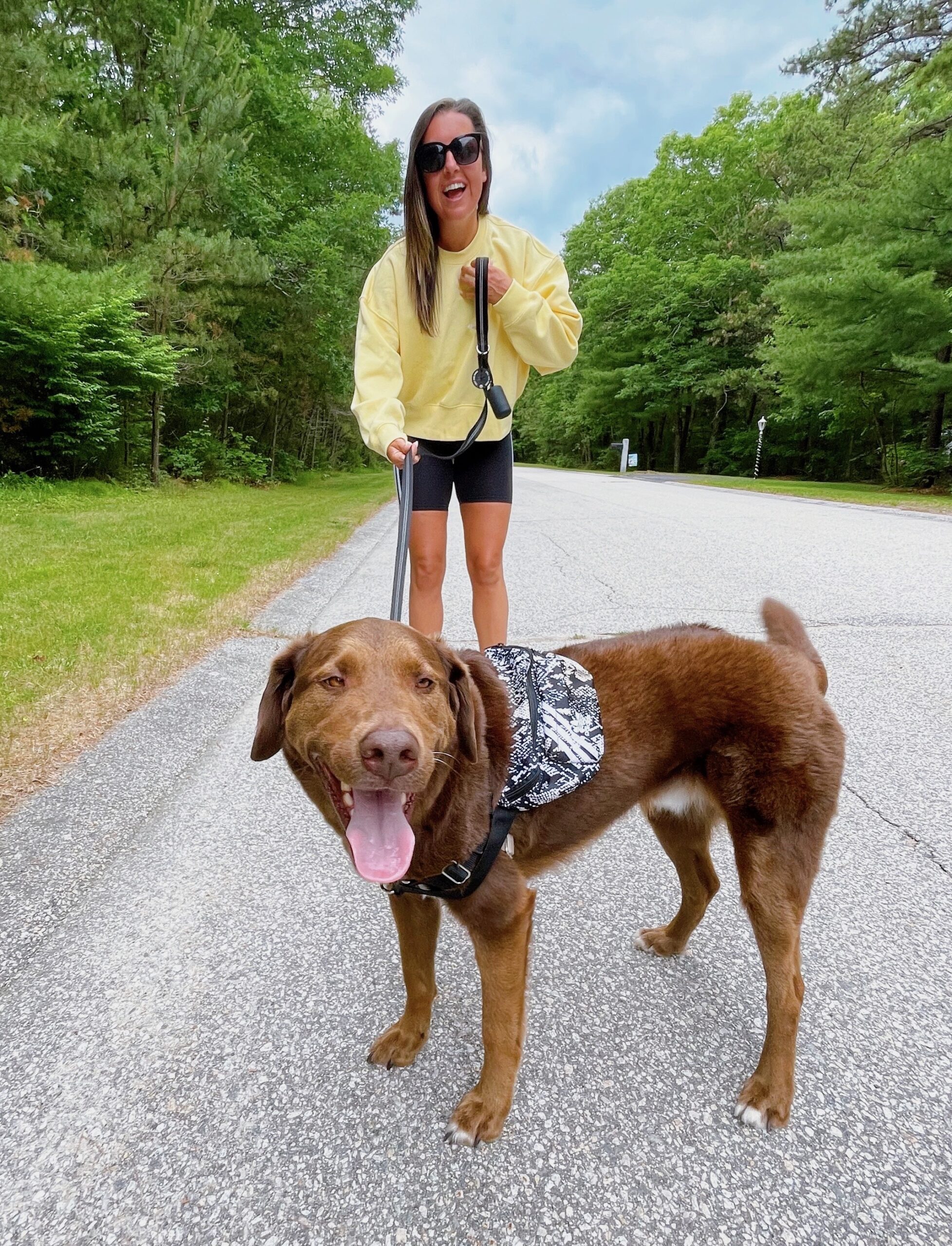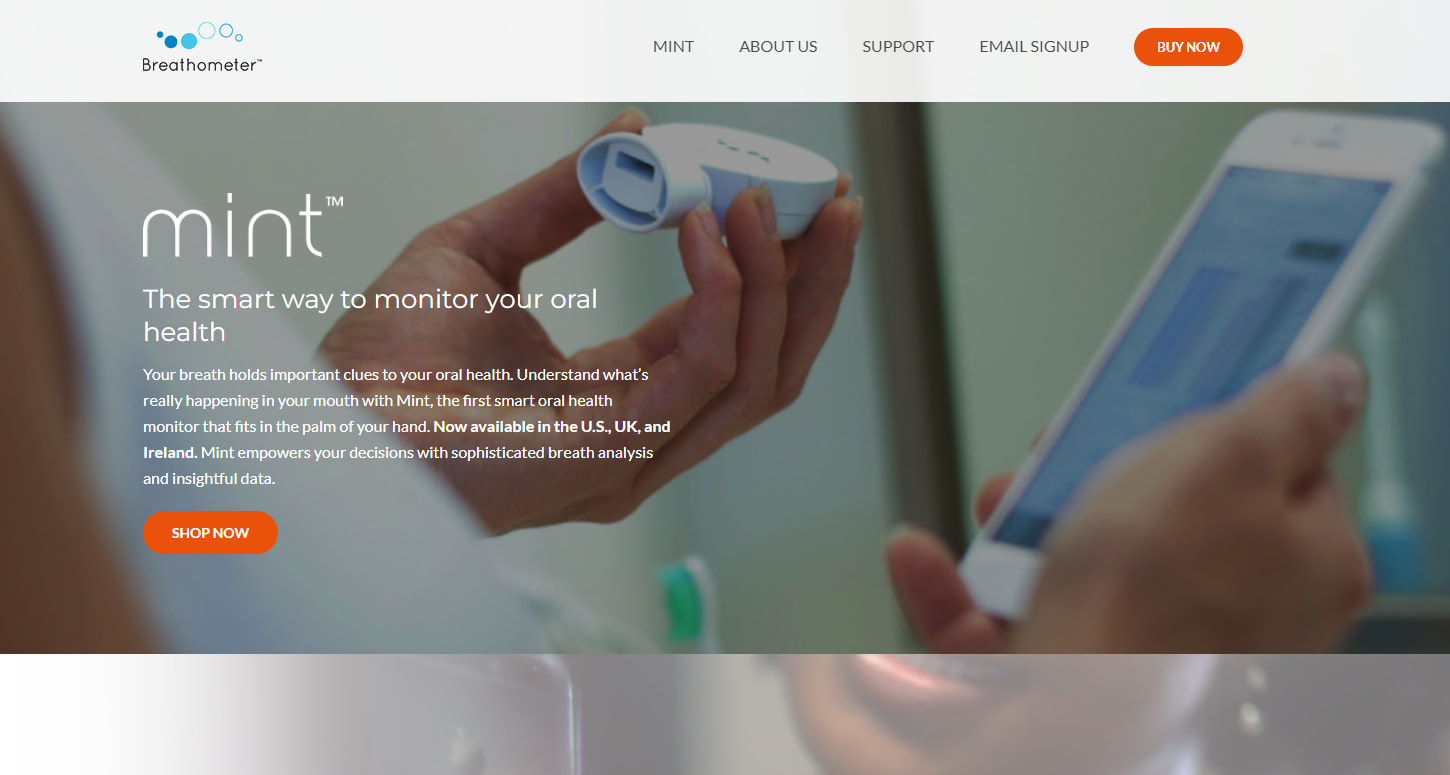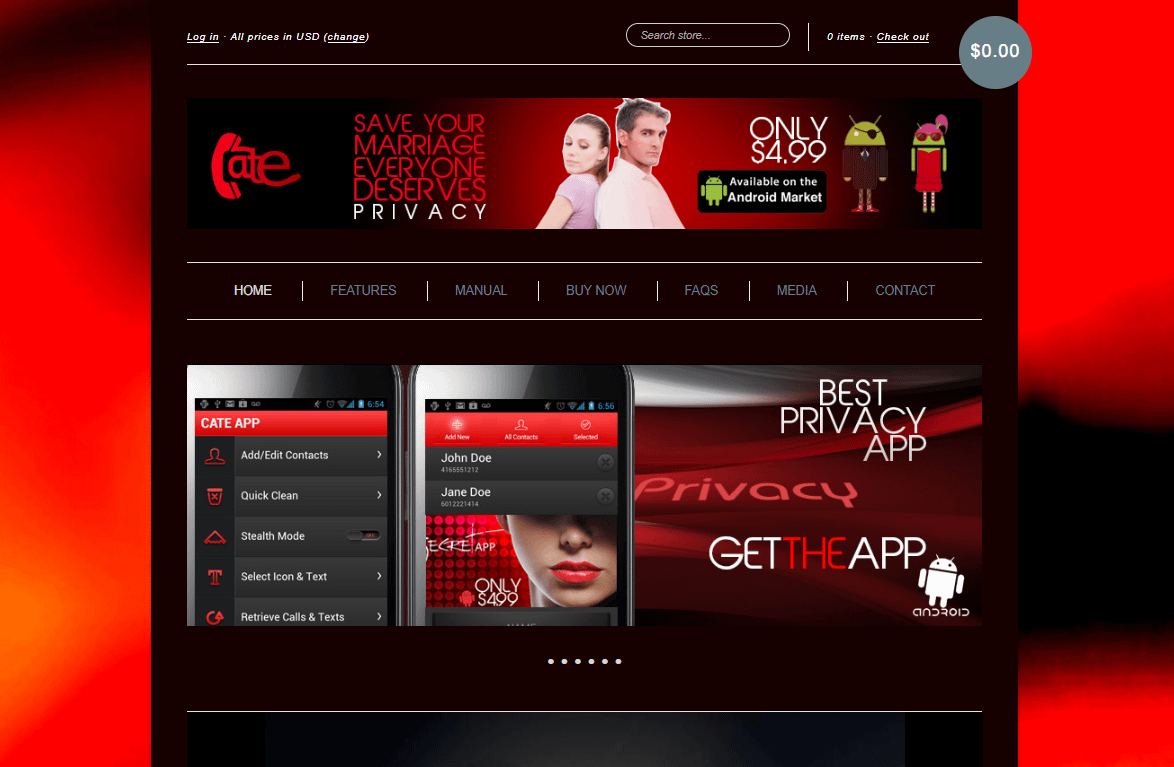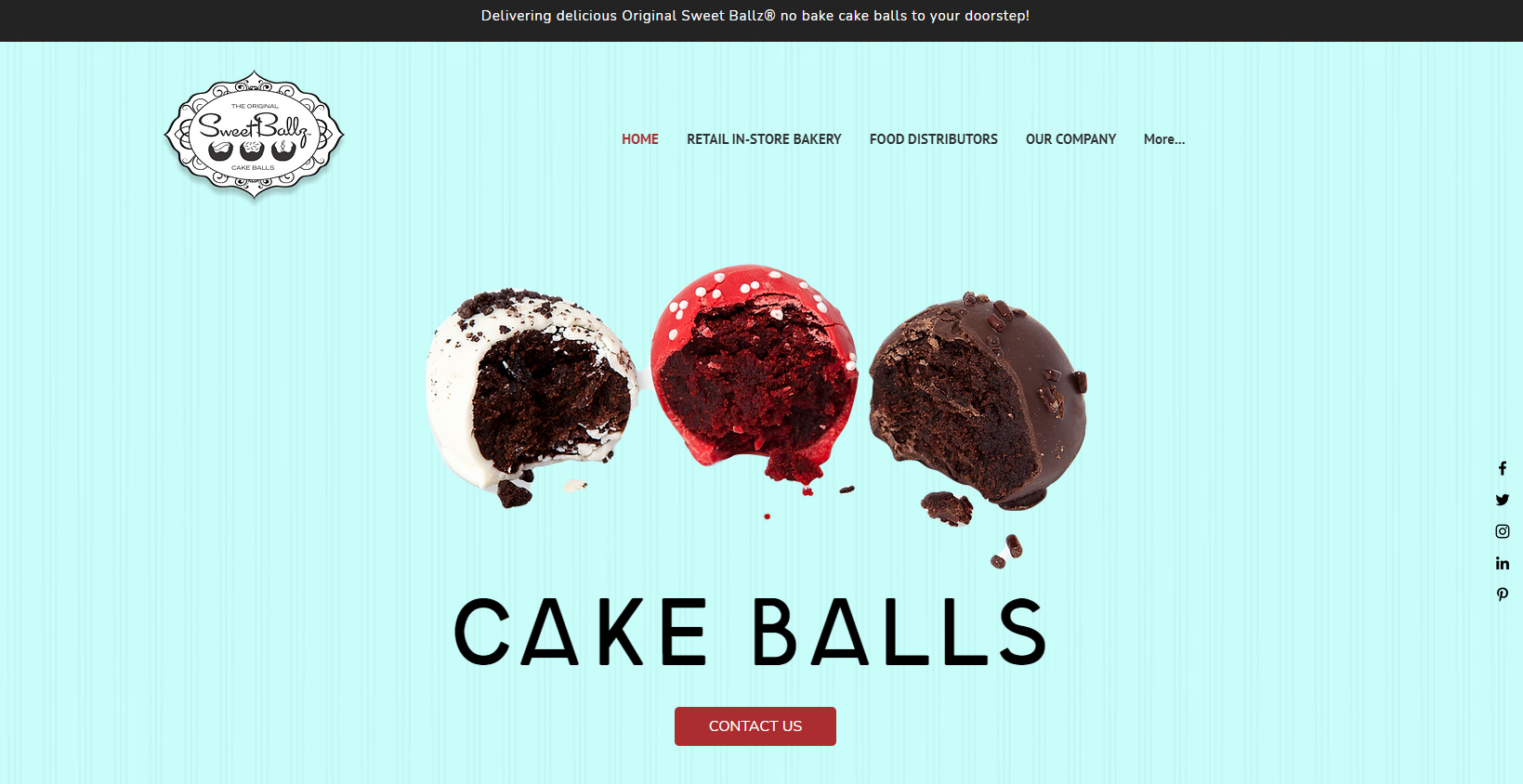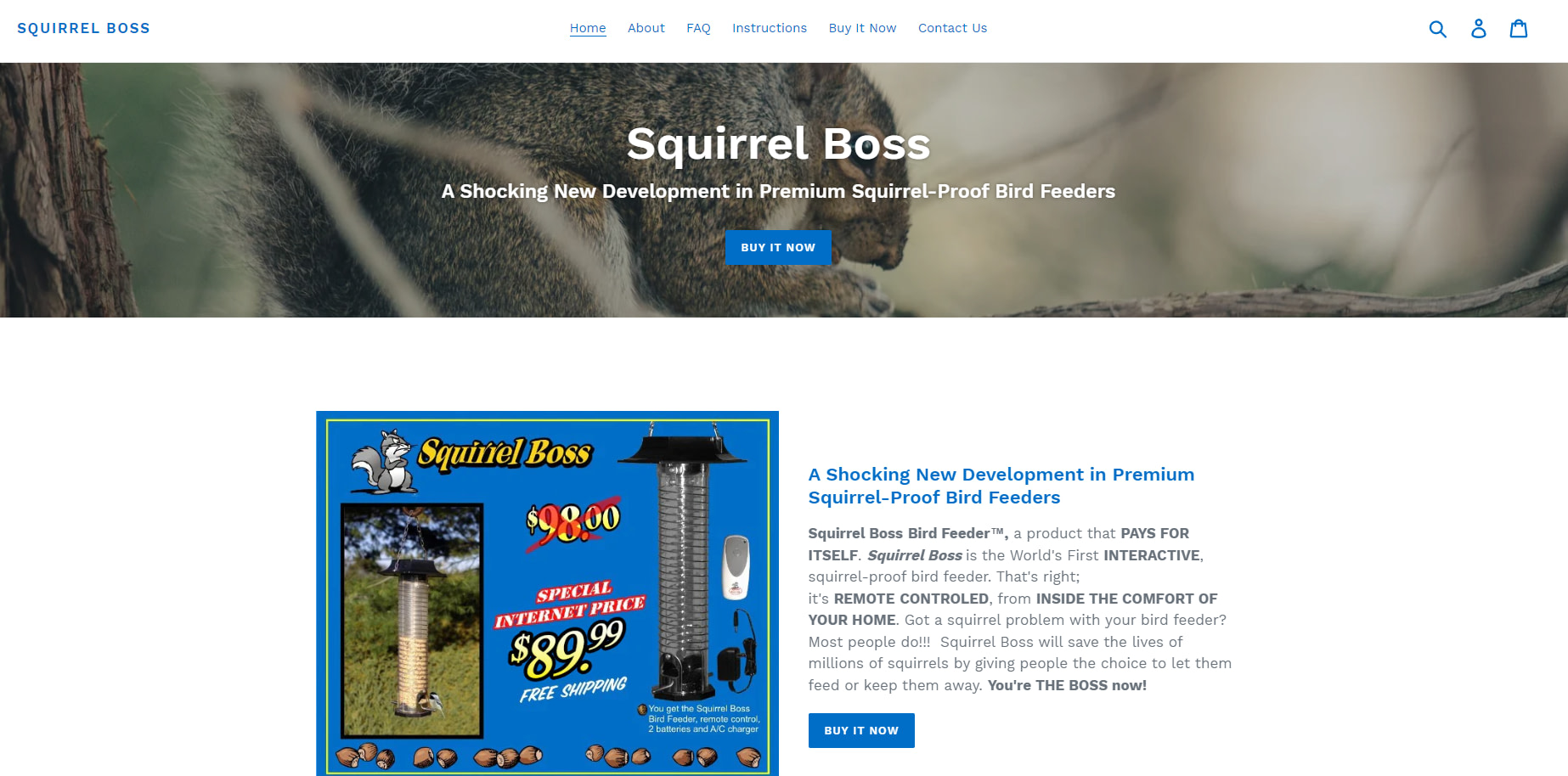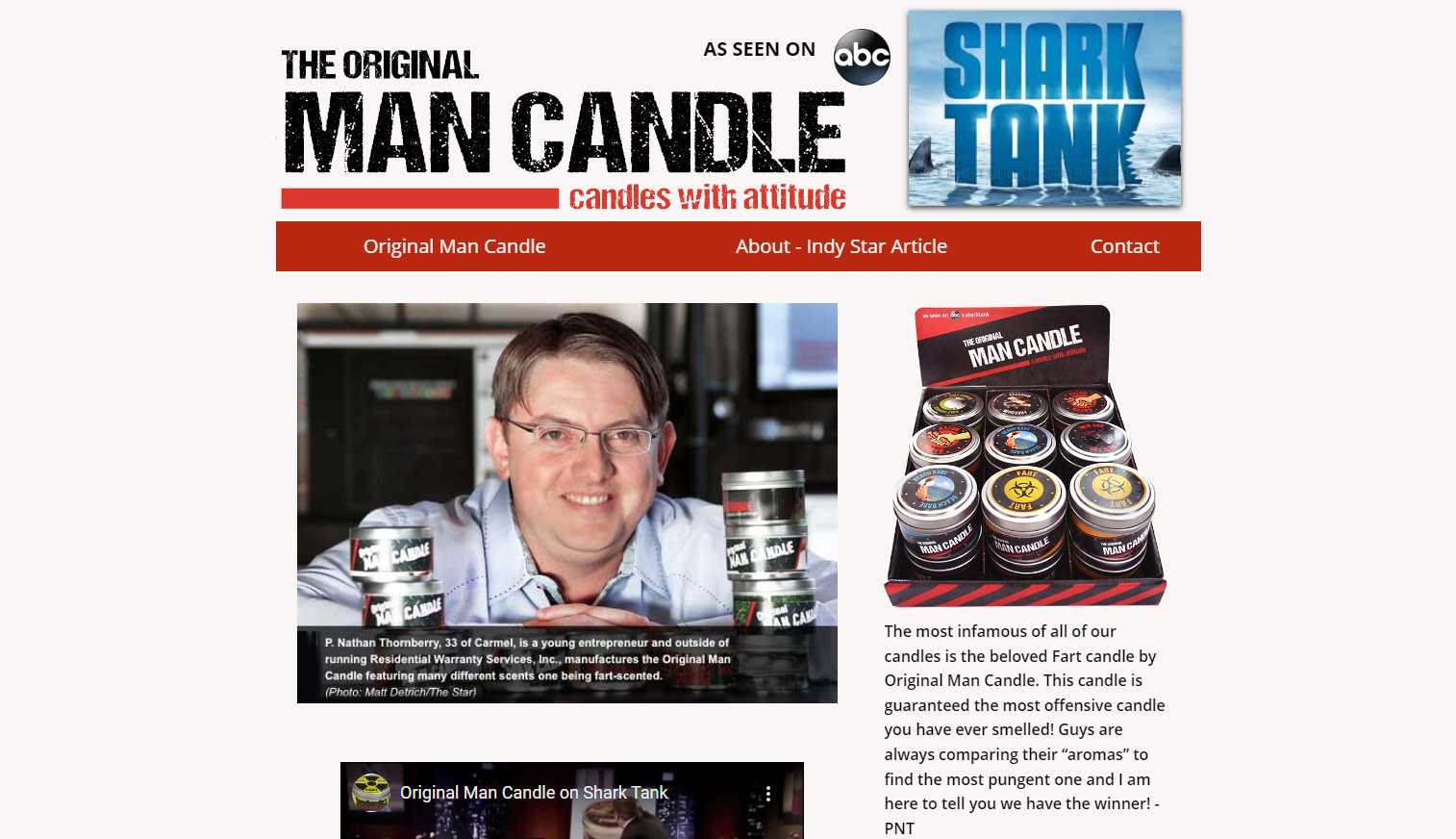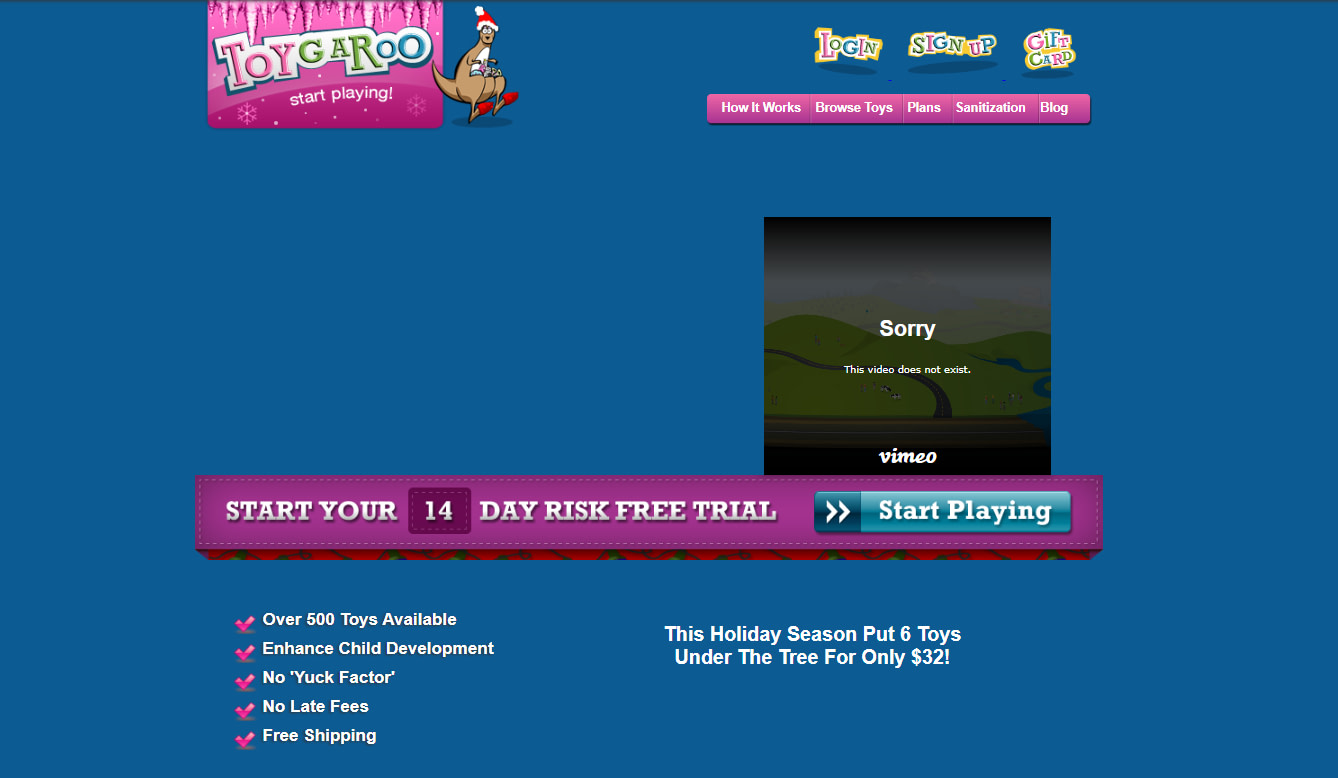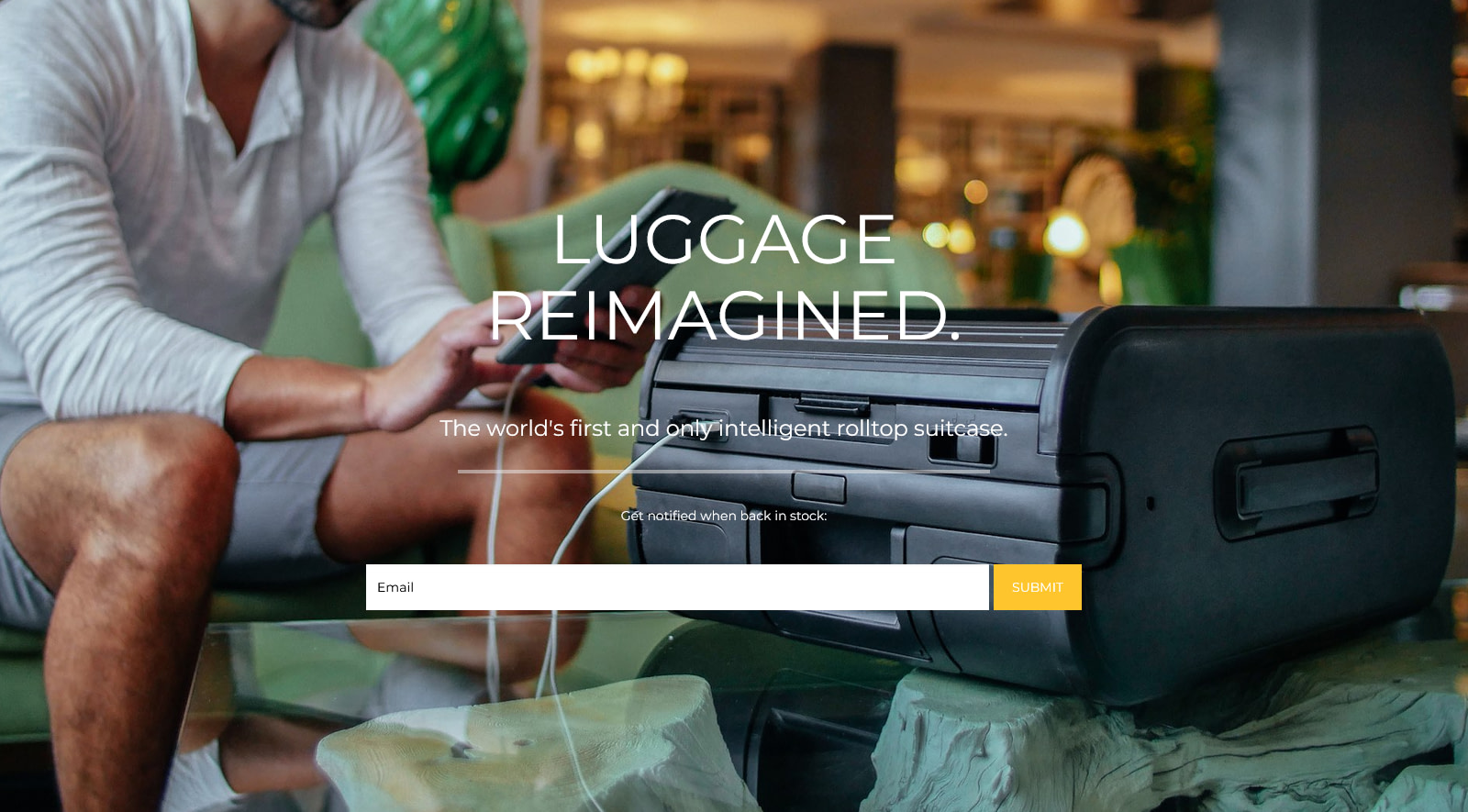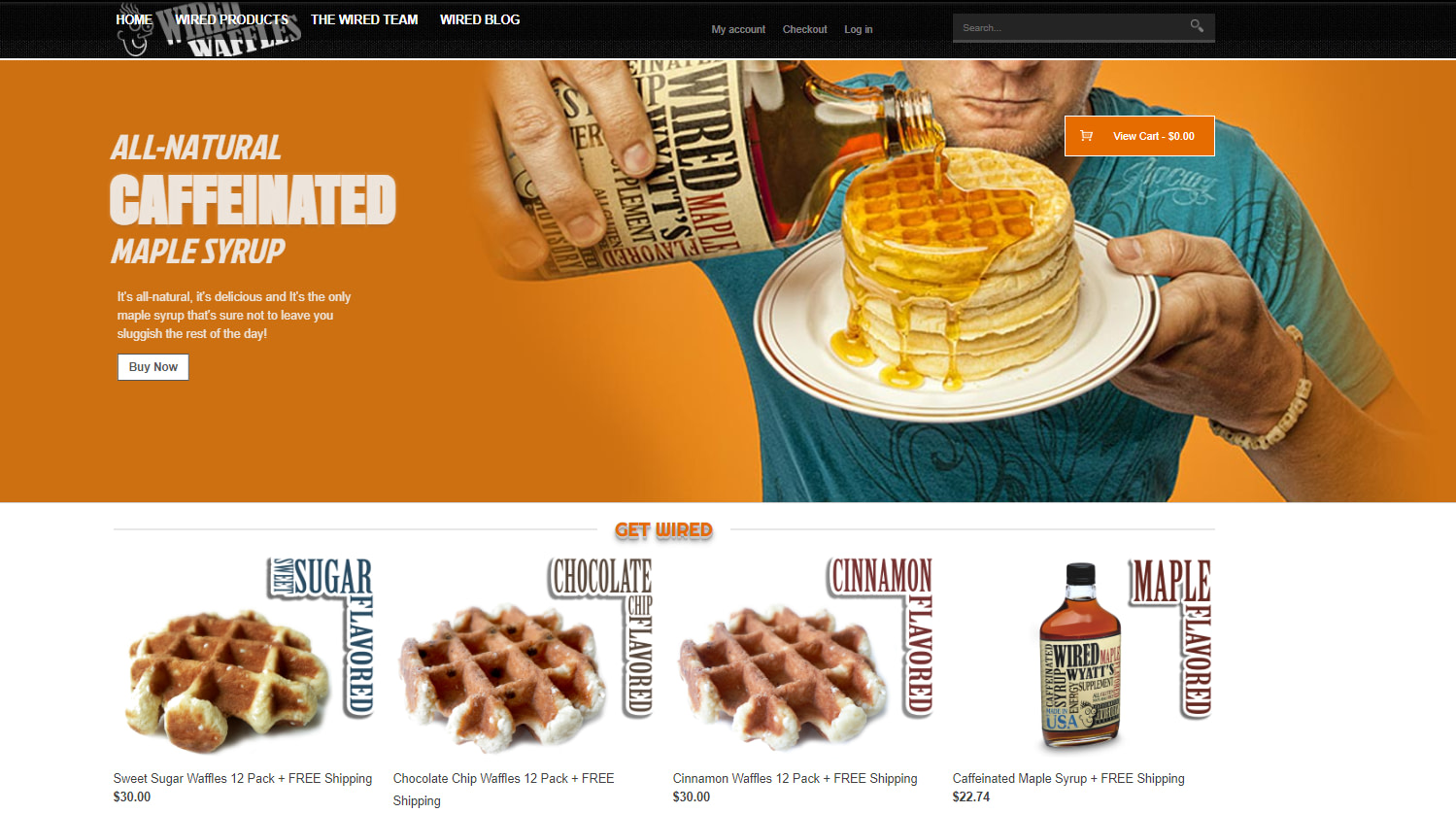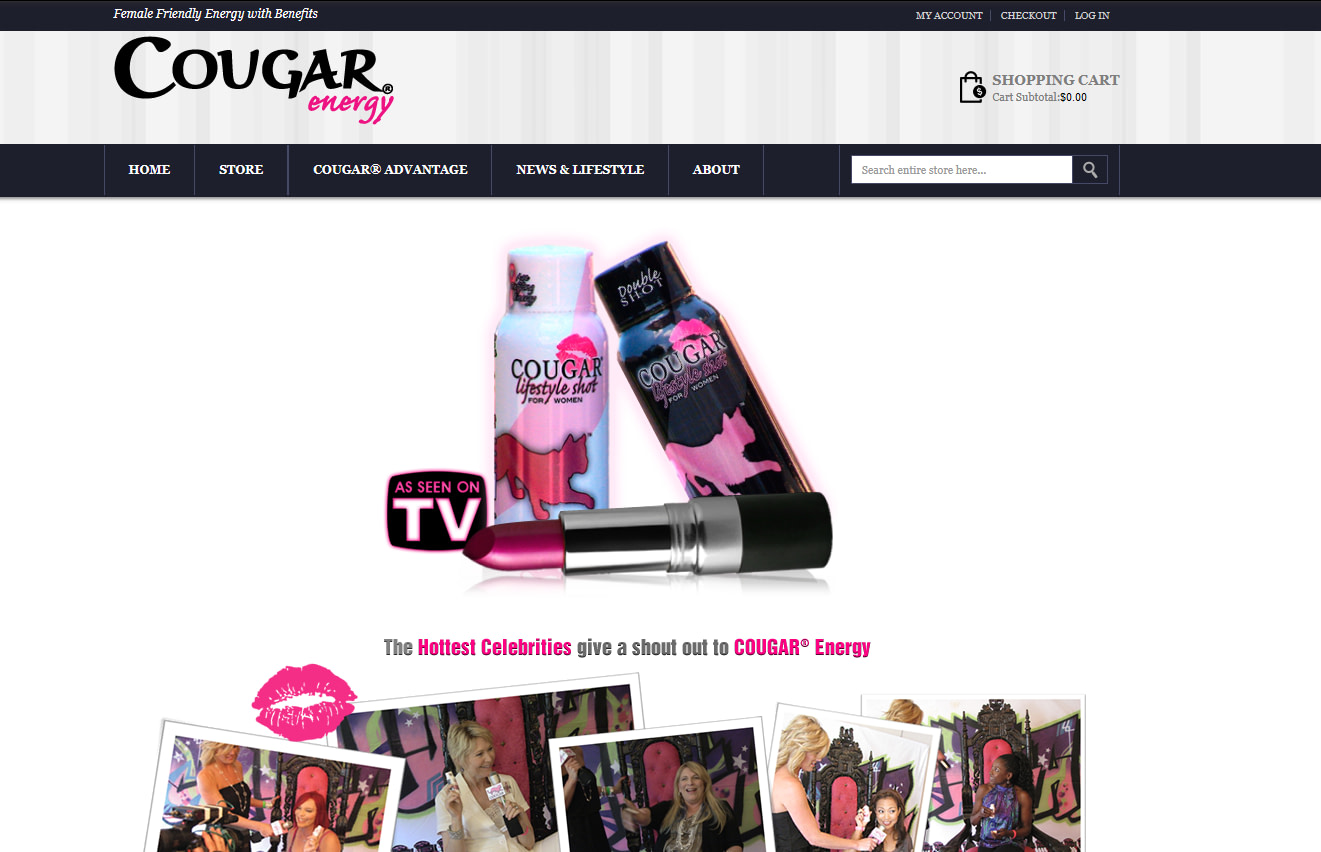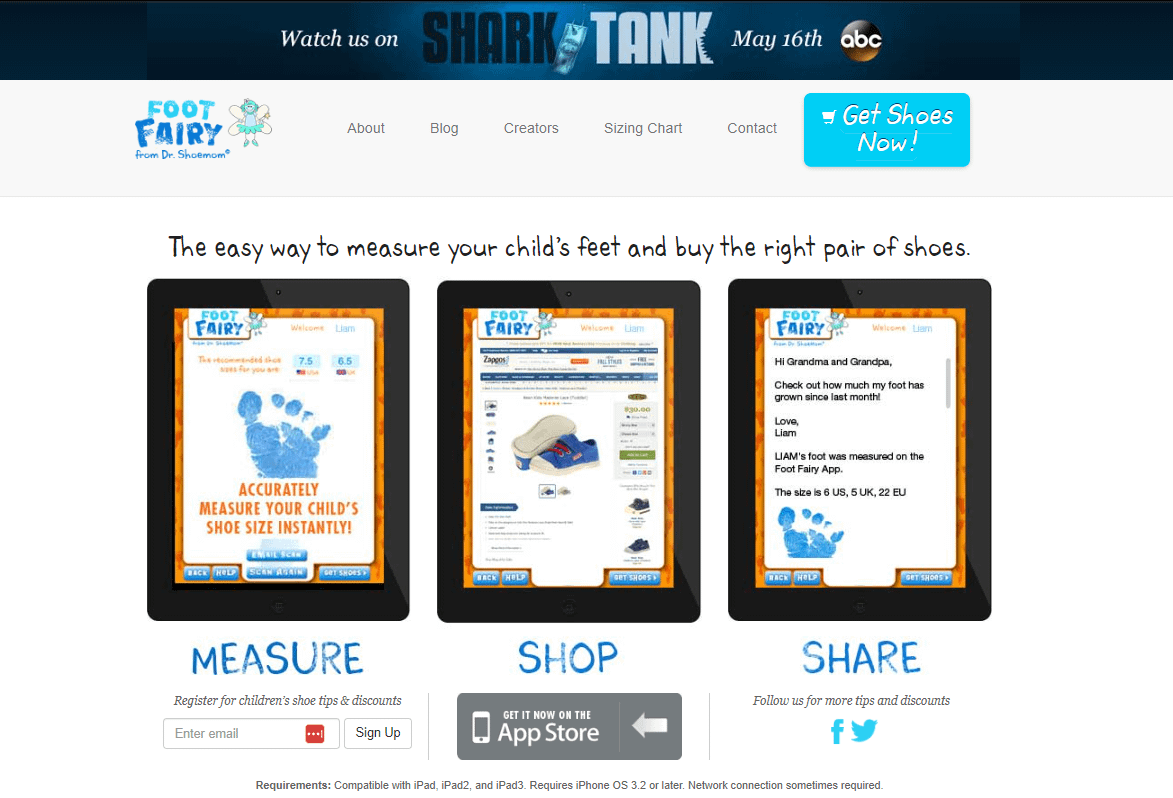Editor’s Note: This article is a reprint. It was originally published March 02, 2025.
In my interview with Alexis Cowan, Ph.D., a molecular biologist from Princeton, we explored some cutting-edge ideas that can dramatically impact your health. Cowan’s deep knowledge of molecular biology, particularly her passion for light, circadian rhythms, and mitochondrial health, offers a fresh perspective on optimizing your well-being.
We discussed topics that are often overlooked in mainstream health discussions but are necessary for understanding how your body truly works and how you can take control of your health journey. Molecular biology is a powerful field for understanding how to optimize your biology. It allows you to get down to the very nuts and bolts of how your cells function and interact.
My own interest in this field has led me to write extensively about it, as I believe it holds the key to unlocking your body’s incredible potential. Cowan’s expertise in this area, especially her research background in metabolism and her current deep dive into light and circadian biology, made for a truly enlightening discussion.
Cowan’s journey into molecular biology is quite unique. Initially on a path to culinary school, a profound experience led her to a complete shift in perspective, sparking a deep curiosity about the nature of reality and ultimately guiding her to science. This pivotal moment became the catalyst for her exploration into biochemistry and molecular biology, culminating in a Ph.D. from Princeton.
Her personal journey of health transformation, including overcoming childhood obesity and chronic health issues, further fueled her passion for understanding the root causes of disease. Cowan’s background blends rigorous scientific training with a personal understanding of the challenges of health and healing.
This combination allows her to communicate complex scientific ideas in a clear and accessible way. These insights will equip you with actionable knowledge to make informed decisions about your health and well-being.
The Power of Light on Your Circadian Rhythm
Light and its profound impact on your circadian rhythm and overall health is an area often neglected in conventional health discussions, yet it’s fundamental to how your body functions. Cowan emphasizes the role of light as a foundational element for well-being, acting as a primary regulator of your body’s internal clock and numerous biological processes.
Light is a powerful environmental cue that dictates your body’s rhythms, influencing everything from sleep-wake cycles to hormone production and even mitochondrial function. You are constantly bathed in different forms of light, both visible and invisible, and understanding how these frequencies interact with your body is essential for optimizing your health.
Cowan pointed out that even the seemingly simple act of getting sunlight exposure is far more complex and beneficial than you might realize. Sunlight isn’t just about vitamin D; it’s a full spectrum of light frequencies, including infrared and ultraviolet, each playing a unique role in your biology. Your mitochondria, the powerhouses of your cells, are incredibly sensitive to light and utilize different frequencies for optimal function.
This perspective shifts the focus from avoiding “bad” light to actively seeking “good” light as a nutrient for health. Cowan referenced the pioneering work of researchers like Satchidananda Panda, Ph.D., who I’ve interviewed previously, and Albert Szent-Györgyi, a Nobel laureate who explored the electronic structure of proteins and their semiconductor properties.
This foundational research underscores the idea that your body is fundamentally an electromagnetic system, highly responsive to light frequencies in your environment.
Mitochondria Are Your Cellular Power Plants and Light Sensors
Mitochondria, often called the powerhouses of your cells, were a central theme in our discussion. Cowan and I share a strong belief that optimizing mitochondrial health is key to reversing and preventing most chronic diseases — a premise I explored in-depth in my book, “Your Guide to Cellular Health: Unlocking the Science of Longevity and Joy.”
These tiny organelles are not just energy producers; they are dynamic responders to your environment, particularly to light, and play a much broader role in your health than you may expect. Imagine your mitochondria as miniature engines within each of your cells, responsible for generating the energy you need to live and thrive. But they’re not just simple engines.
As Cowan explained, mitochondria are incredibly sophisticated, utilizing an electron transport chain to produce energy in the form of adenosine triphosphate (ATP) and a special type of water called metabolic water. This process involves a flow of electrons, which, in essence, is electricity at a cellular level.
Interestingly, this flow of electrons also generates a magnetic field within your mitochondria. This magnetic field is important for attracting oxygen, which is essential for energy production, and for containing reactive oxygen species within the mitochondria.
When your mitochondria are functioning optimally, this process is efficient and supports overall cellular health. However, factors like exposure to non-native electromagnetic fields (EMFs), which we’ll discuss later, disrupt this delicate balance.
Cowan described mitochondria as both antennas and emitters of electromagnetic frequencies. They are not only powerhouses but also sophisticated sensors that detect and respond to the electromagnetic environment around you, including different light frequencies. This highlights the importance of considering your light environment, both natural and artificial, as a key factor in mitochondrial health and, consequently, your energy levels, cellular function, and long-term health.
The Dangers of EMFs
Artificial EMFs, emanating from modern technologies like Wi-Fi, cell phones, and wireless devices, negatively impact your mitochondria and overall health. This is a topic I’ve written about extensively, including in my book EMF*D, as it represents a significant, yet often underestimated, threat in our modern world. Dr. Cowan was not aware of this book so I sent her a copy.
Cowan highlighted that your mitochondria are sensitive to these frequencies and exposure disrupts their function. She referenced research demonstrating that EMF exposure decreases mitochondrial membrane potential, an indicator of mitochondrial health. This disruption leads to a cascade of negative effects, including increased oxidative stress and impaired cellular function.
She explained a principle called the inverse square law, which means the closer you are to an EMF source, the stronger the signal and the greater the harm. Cowan also recounted the story of Dr. Robert O. Becker, a pioneering researcher who, as early as the 1960s, uncovered the harmful effects of EMFs.
His research, funded by the military, initially explored the use of electrobiology for healing and regeneration. However, his findings took a concerning turn when he discovered that EMFs could promote tumor growth and hinder wound healing in animal models. Despite his groundbreaking work, his funding was abruptly pulled after he attempted to raise awareness about these dangers, highlighting the challenges in bringing this information to the public.
Practical Steps to Reduce EMF Exposure
While the dangers of EMFs seem daunting, Cowan offered practical and actionable steps to minimize your exposure in your daily life. Small changes in your habits make a significant difference in reducing your overall EMF burden and protecting your mitochondria. It’s not about eliminating technology completely but rather using it consciously and strategically.
One of the simplest yet most impactful changes you can make is to distance yourself from EMF sources. For instance, Cowan strongly advises against holding your cell phone directly to your ear. Instead, use speakerphone to create distance. Similarly, avoid carrying your phone in your pocket and keep it away from your body as much as possible. When using laptops or other wireless devices, avoid placing them directly on your lap; use a desk or table instead.
For Wi-Fi, consider putting your router on a timer to turn off automatically at night when you are sleeping. This simple step significantly reduces your nighttime EMF exposure. When possible, opt for wired connections, like ethernet cables, for your internet devices instead of relying on Wi-Fi. While it’s less convenient, these wired connections reduce your exposure to wireless radiation in your home or workspace.
Sunlight Provides Your Daily Dose of Mitochondrial Fuel
Both Cowan and I are strong advocates for regular sun exposure, as it’s a key nutrient for your mitochondria and overall health. Sunlight is a powerful source of energy that your body is designed to utilize. It delivers both infrared and ultraviolet (UV) frequencies, both of which are important for mitochondrial function.
Near-infrared light, present throughout the day even in shade, penetrates deeply into your body and stimulates cytochrome C oxidase, an important complex in the mitochondrial electron transport chain. This stimulation boosts electron flow, enhancing ATP production and the creation of deuterium-depleted metabolic water, which is important for cellular hydration.
However, indoor environments are often lacking in near-infrared light, as energy-efficient lighting doesn’t contain it and coated window glass reflects it. This means you are likely missing out on this important frequency if you spend most of your time indoors. Conversely, spending time outdoors, even in the shade, ensures you receive a healthy dose of near-infrared light, nourishing your mitochondria and supporting cellular health.
Cowan also explored the role of UV light, particularly UVB, in relation to melanin. UVB light is essential for vitamin D production and triggers a cascade of beneficial effects through the pro-opiomelanocortin (POMC) pathway.
This pathway leads to the production of alpha-melanocyte stimulating hormone (MSH), which stimulates melanin production, reduces appetite, and increases energy expenditure and beta-endorphin, which improves mood, reduces pain and enhances immune function.
Cowan presented the intriguing idea of “human photosynthesis,” suggesting melanin plays a role in harnessing UV light to split water and generate energy, similar to chlorophyll in plants. This fascinating theory underscores the complex and beneficial relationship between UV light and your body. I actually discuss this topic in my book, Your Guide to Cellular Health, and I described it more accurately as photometabolism and will be writing scientific papers on this in the future.
Optimizing Sun Exposure for Maximum Benefit
With the understanding of sunlight’s importance, the question becomes: how do you optimize your sun exposure to reap the maximum benefits without risking harm? Cowan emphasizes using vitamin D levels as a biomarker for your sun exposure habits. Optimal vitamin D levels, achieved without supplementation, are a good indicator that you’re getting sufficient UV light. Ideally, aim for vitamin D levels between 60 to 80 ng/mL (150 to 200 nmol/L).
However, vitamin D is just one piece of the sunlight puzzle. There’s an important factor to consider: dietary seed oils. These oils, prevalent in processed foods and fast food, are rich in linoleic acid (LA). When LA interacts with the sun’s UV radiation, it triggers inflammation and DNA damage in your skin. If you consume these oils regularly, as many Americans do, you need to be more cautious about sun exposure.
It’s best to avoid direct sunlight during peak hours (10 a.m. to 4 p.m.) until you’ve reduced your consumption of seed oils for at least six months. To avoid sunburn and maximize the beneficial effects of sunlight, Cowan also suggests a gradual approach, building up your “solar callus.” Start with short periods of sun exposure, five to 10 minutes, and gradually increase the duration each day as your skin adapts.
She also recommends starting your day with sunrise light, rich in red and infrared, to prepare your skin for midday sun. This morning light exposure also plays a role in setting your circadian rhythm for the day. Cowan also cautioned against the common misconception that melanin is solely for protection against UV damage. She argues that melanin plays a more active role in “human photosynthesis” and as a powerful antioxidant and detoxifier.
People with darker skin tones need significantly more sun exposure to achieve optimal vitamin D levels and other sunlight benefits due to melanin’s light-absorbing properties. Understanding your skin type and gradually increasing your sun exposure after reducing LA in your diet is key to safely and effectively harnessing the power of sunlight for your health.
Your Circadian Rhythm Is Your Internal Timekeeper
Cowan emphasized the role of light in regulating this internal clock and offered actionable strategies for optimizing your circadian rhythm, which has far-reaching impacts on your sleep, energy levels and overall health. Think of your circadian rhythm as your body’s internal timekeeper, synchronizing your biology with the day-night cycle.
Light is the primary cue that sets your circadian rhythm. Cowan highlighted the importance of morning sunlight exposure, particularly sunrise light, for anchoring your circadian clock.
Morning sunlight, with its specific wavelengths of blue, UVA and red light, signals to your brain and body that it’s daytime, initiating processes associated with wakefulness, energy production, and digestion. Consistent morning light exposure is key for regulating sleep-wake cycles and optimizing daytime functions.
During the day, seek bright, full-spectrum light. Indoor environments often fall short in providing sufficient light intensity and spectrum compared to natural daylight. Cowan suggests increasing light exposure indoors using full-spectrum lights, aiming for at least 10,000 lux in your workspace. Whenever possible, work outdoors to maximize your exposure to natural daylight, even on cloudy days, as outdoor light is significantly brighter than typical indoor lighting.
If you can’t get outside, cracking open windows to let in unfiltered sunlight helps improve your indoor light environment, allowing beneficial UV and near-infrared light to enter. On the other end of the cycle, minimizing blue light exposure in the evening is equally important for a healthy circadian rhythm.
Blue light, emitted from electronic screens and many artificial lights, suppresses melatonin production, disrupting your sleep cycle and hindering nighttime recovery processes. It’s important to block blue light in the evenings by using blue-light blocking glasses, installing blue light filters on your devices and opting for warmer, dimmer lighting in your home as it gets dark.
Embrace the Power of Nature’s Rhythms
My interview with Cowan underscored a powerful message: your health is deeply intertwined with the natural rhythms of light and darkness, and by consciously aligning your lifestyle with these rhythms, you unlock remarkable healing and well-being. Remember, light is a fundamental nutrient that fuels your mitochondria, regulates your circadian clock and influences numerous biological processes.
By prioritizing sunlight exposure and minimizing exposure to artificial EMFs and blue light at night, you are directly supporting your cellular health and overall vitality. Small, consistent changes in your daily habits accumulate over time, leading to significant improvements long-term health. By understanding the science and embracing these natural principles, you address the root causes of many health issues and proactively building a foundation for vibrant well-being.
The power to optimize your health lies within your grasp, waiting for you to harness the natural rhythms of light and life. To continue your journey of health, Cowan offers a wealth of resources for you to explore. She is passionate about sharing her knowledge and empowering you to take control of your health. If you are eager to learn more and connect with Cowan, here are several avenues to pursue:
- Social media — Follow her on Instagram at @dralexisjazmyn for frequent posts about light biology, circadian rhythms, mitochondrial health, and more. She shares a lot of free educational content here.
- Podcast — Listen to her podcast, “Indoctrinate Yourself,” available on YouTube and Spotify. This podcast explores many of the topics discussed in this article and beyond.
- Courses — She offers in-depth courses, such as “Boot Camp Reboot,” which provides actionable protocols for circadian and light biology, nutrition and mitochondrial optimization. She also has a self-paced course on scientific literacy to help you better understand scientific research.
- Monthly membership program — Join her Incubator monthly membership, a book club and think tank that explores different topics and engages in group learning.
- Brain rentals — For personalized guidance, you can book a 30-minute or 1-hour “Brain Rental” session with Cowan for specific questions related to your health journey or understanding the science.








